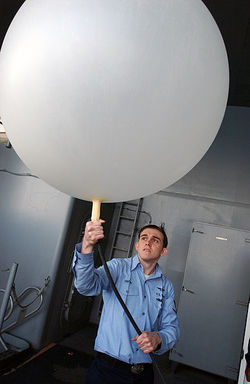some about themodynamics
 Two small containers, each with a volume of 100 cm^3, contain helium gas at 0°C and 1.00 atm pressure. The two containers are joined by a small open tube of negligible volume, allowing gas to flow from one container to the other. What common pressure will exist in the two containers if the temperature of one container is raised to 100°C while the other container is kept at 0°C?
Two small containers, each with a volume of 100 cm^3, contain helium gas at 0°C and 1.00 atm pressure. The two containers are joined by a small open tube of negligible volume, allowing gas to flow from one container to the other. What common pressure will exist in the two containers if the temperature of one container is raised to 100°C while the other container is kept at 0°C?
{Answer be in atm}
The answer is 1.15.
This section requires Javascript.
You are seeing this because something didn't load right. We suggest you, (a) try
refreshing the page, (b) enabling javascript if it is disabled on your browser and,
finally, (c)
loading the
non-javascript version of this page
. We're sorry about the hassle.
Assume that helium gas behaves as an ideal gas, then the following ideal gas equation may be applied: P V = n R T E q n ( 1 ) where P , V, n , R , T refers to pressure, volume, number of moles of the helium gas,gas constant and absolute temperature of the helium gas respectively.
Lets label the containers 1 and 2.
Case a: Container 1 and 2 are at 273K
Case b: Container 1 is at 373K and container 2 is at 273K
Since both containers are in a closed system, the number of moles of gas in both cases must be the same. Note that both containers are at allowed to flow until the system is in equilibrium and at that point pressure is equal in both containers.Rearranging eqn 1 we get:
n = R T P V
and by using the information that the number of moles of gas must be the same in both cases, we get the following eqn:
R T a 1 P a V 1 + R T a 2 P a V 2 = R T b 1 P b V 1 + R T b 2 P b V 2
The R cancels and we plug in the numbers P=1 atm, V=100 cubic cm, and the absolute temperatures for case a and b to get:
2 7 3 ( 1 ) ( 1 0 0 ) + 2 7 3 ( 1 ) ( 1 0 0 ) = 3 7 3 P b ( 1 0 0 ) + 2 7 3 P b ( 1 0 0 )
and we find that P b = 1 . 1 5 a t m